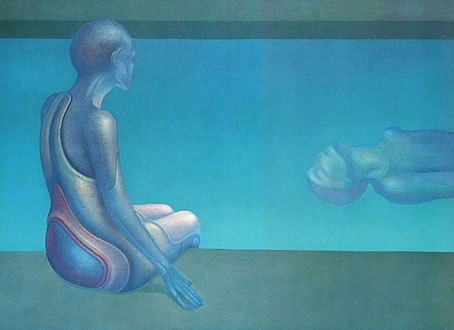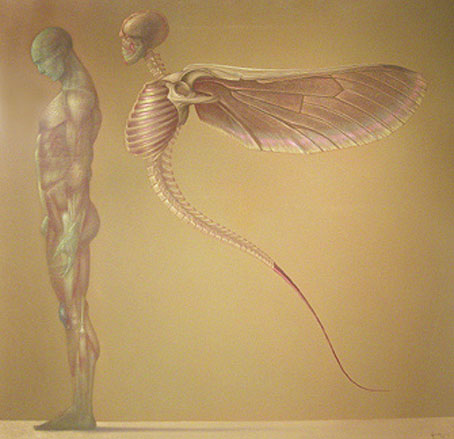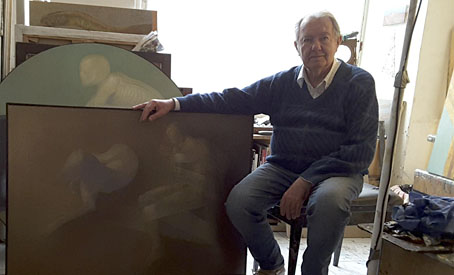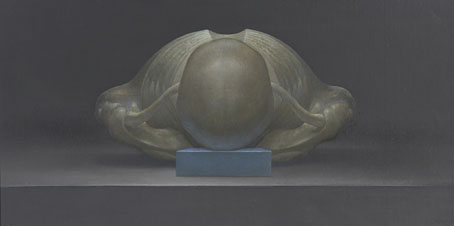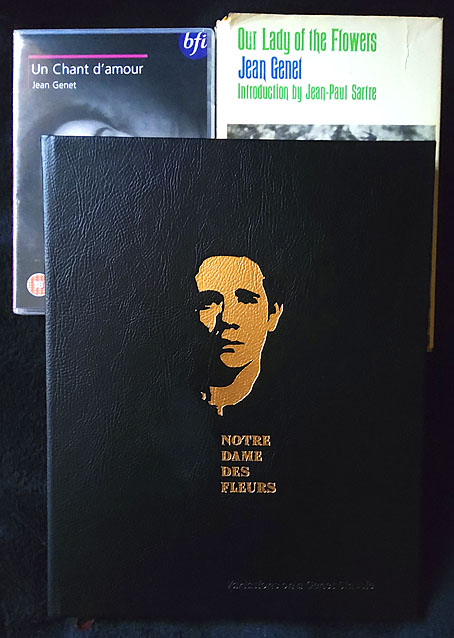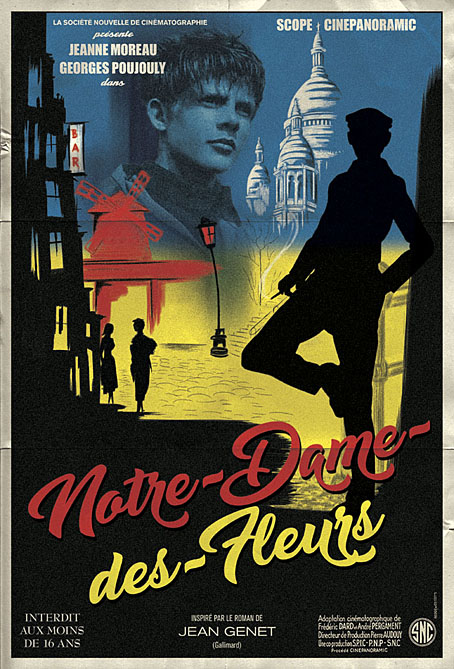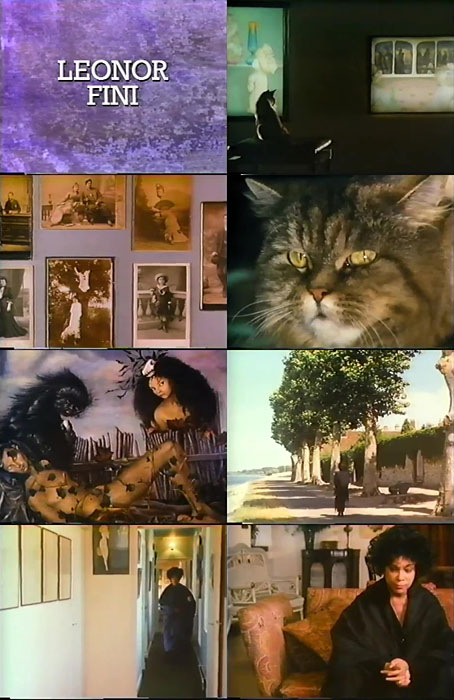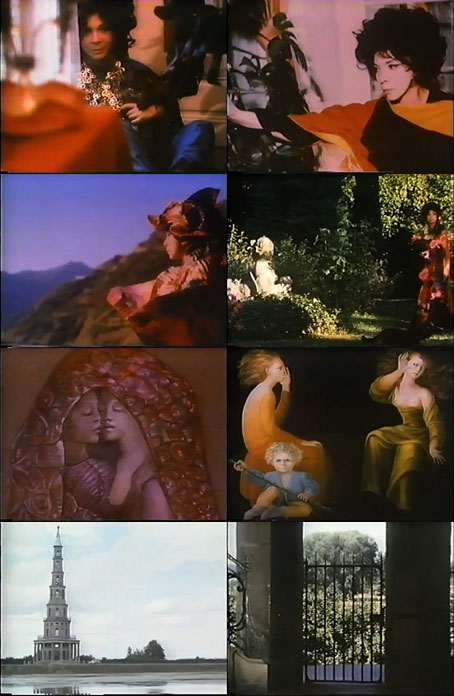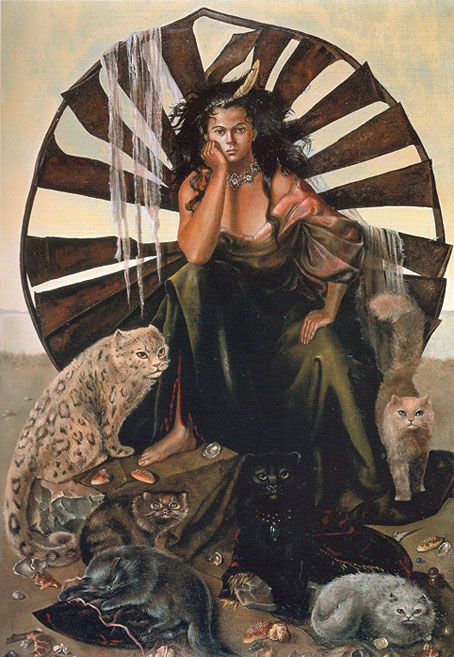
An Ideal Life (1950) by Leonor Fini.
• “…there has not been anything like a general, systematic discussion of what other, semantically different kinds of languages there can be, and the philosophical consequences of this. If reality has a certain structure, it would be a miracle if familiar languages contain all the resources to capture this structure.” Matti Eklund on the potential nature of alien languages.
• “As cats evolved from feral ratters into beloved Victorian companions, a nascent pet-food economy arose on the carts of so-called ‘cat’s meat men’. Kathryn Hughes explores the life and times of these itinerant offal vendors, their intersection with a victim of Jack the Ripper, and a feast held in the meat men’s honour, chaired by none other than Louis Wain.”
• Kinoteka, the UK’s Polish Film Festival, revealed its 2025 programme this week. Among the events will be a screening of the new Quay Brothers film, Sanatorium Under the Sign of the Hourglass (extract), at BFI Imax in London. Also in London (and with free entry), Swedenborg House will be hosting an exhibition of the Quays’ film decors.
• In a recent comment here I said that some of Charles Williams’ metaphysical novels were like John Buchan thrillers with an occult twist. At Wormwoodiana G. Connor Salter investigates the possible connections between the two writers.
• Alice Coltrane & Carlos Santana, 1974: Lossless downloads of previously unissued recordings from the Illuminations album and a live set with John McLaughlin at San Francisco’s Kabuki Theater.
• “‘The Köln Concert is the hit he wants to disown’: why Keith Jarrett shunned two new films about his unlikely masterpiece.”
• New music: Shards by Tim Hecker; and Some Other Morning by Memory Effect.
• Mix of the week: DreamScenes – February 2025 at Ambientblog.
• At Colossal: Outdoor light installations by Lachlan Turczan.
• Galerie Dennis Cooper presents…Paul Laffoley.
• Cat’s Eye (1977) by Van Der Graaf | Cat’s Eye (2015) by Patrick Cowley | No Cat’s Eyes (2017) by The Belbury Circle

